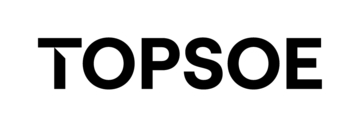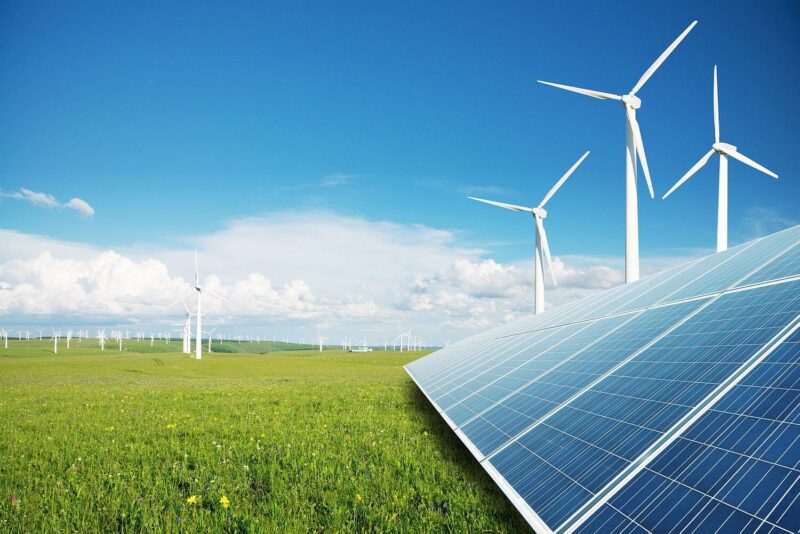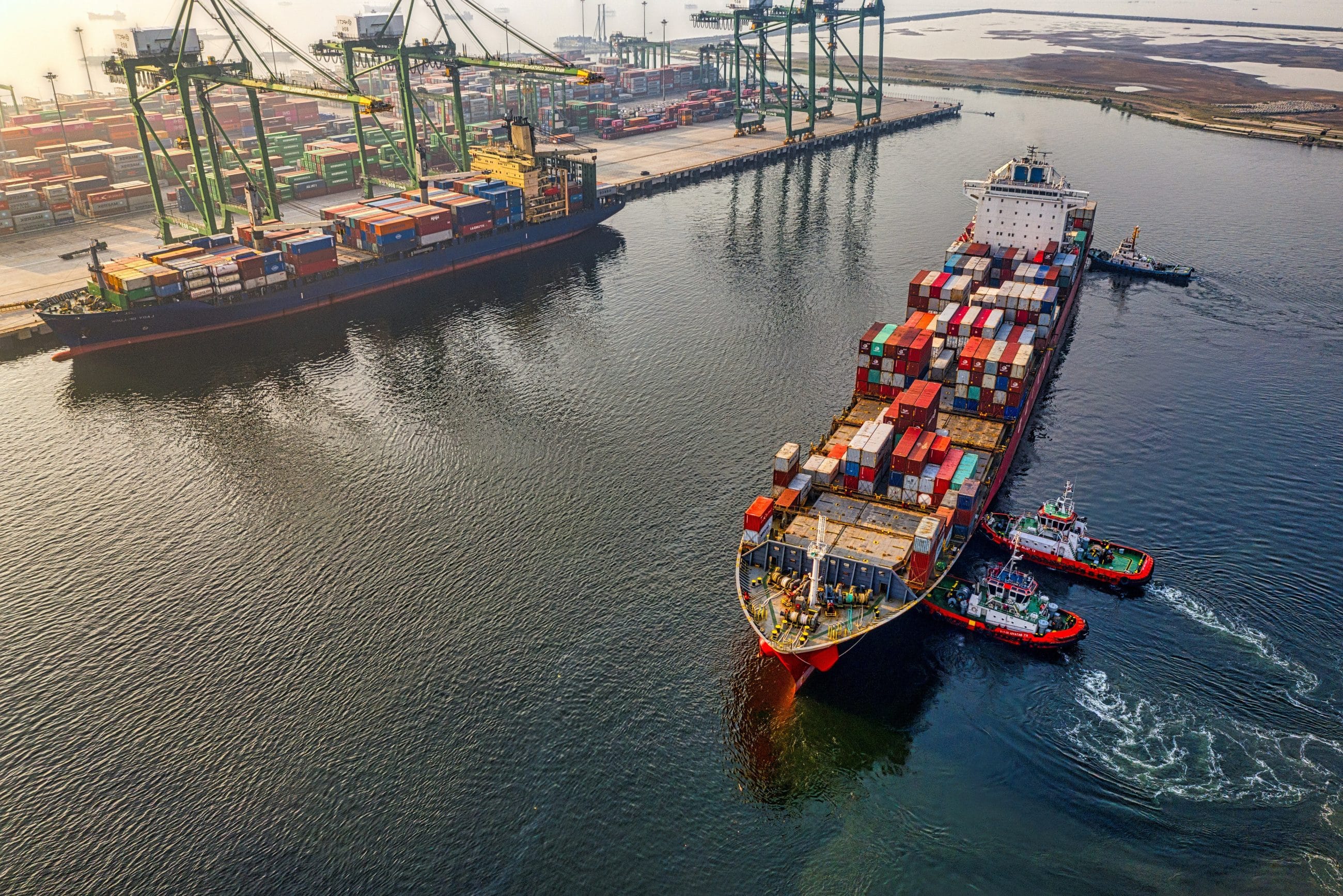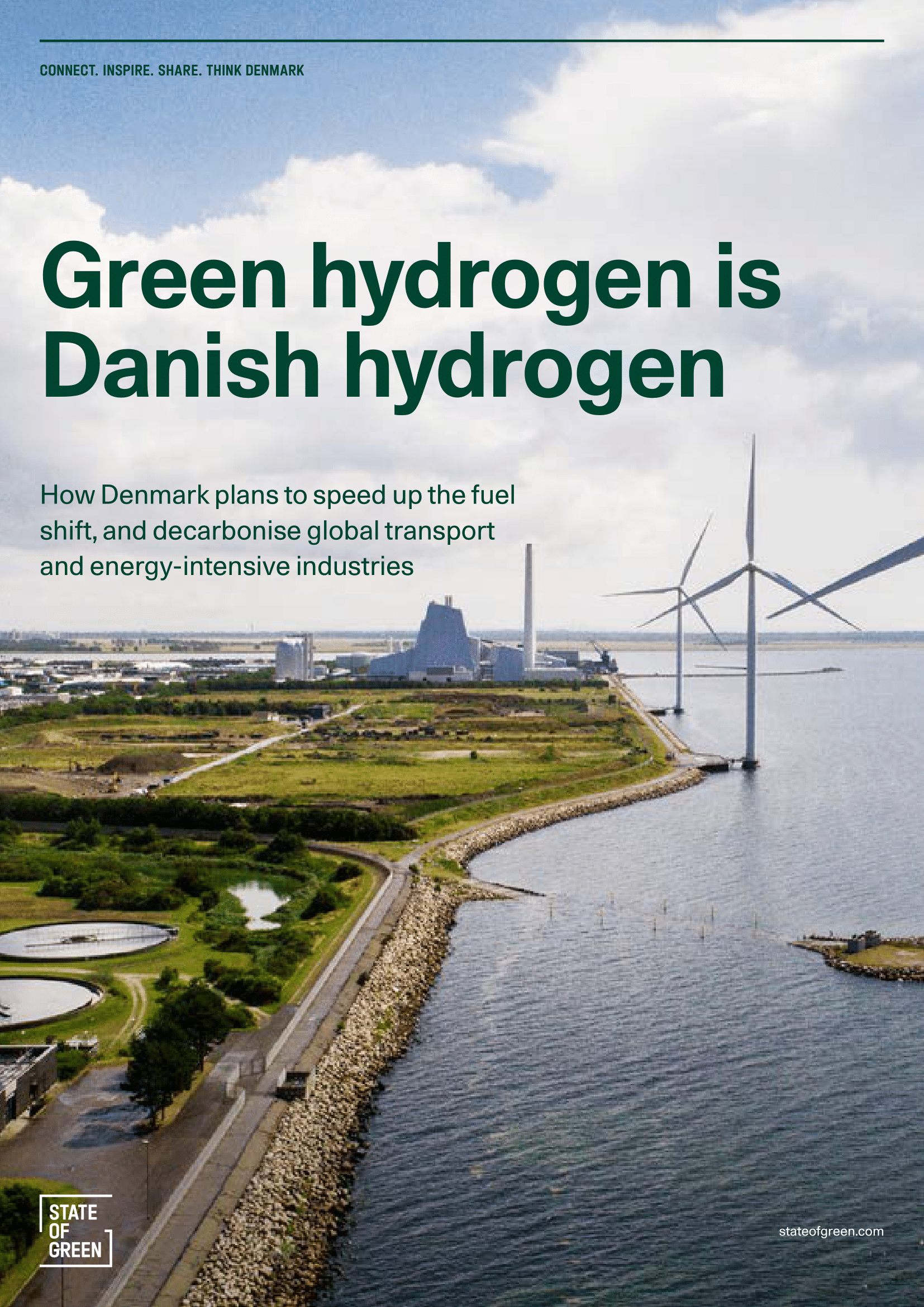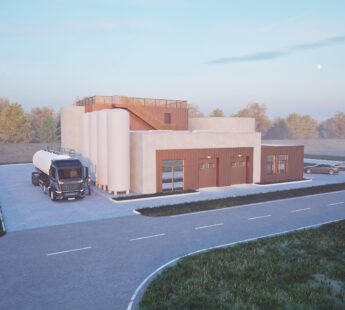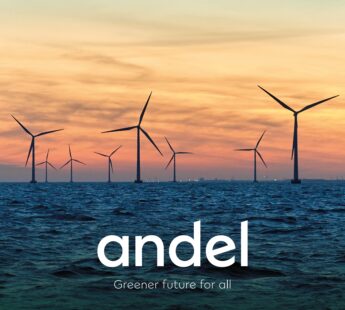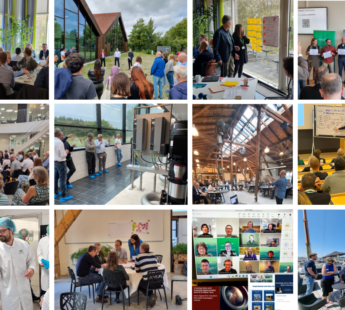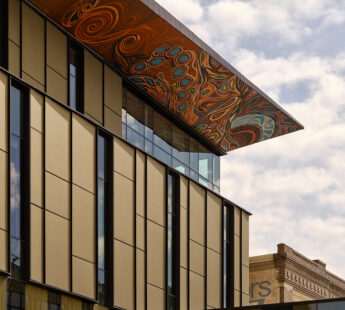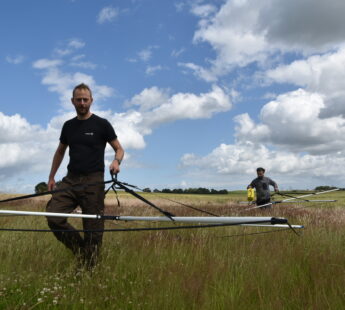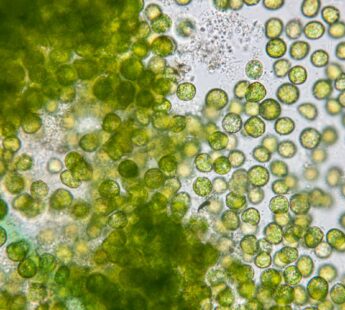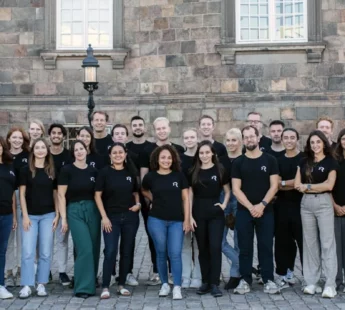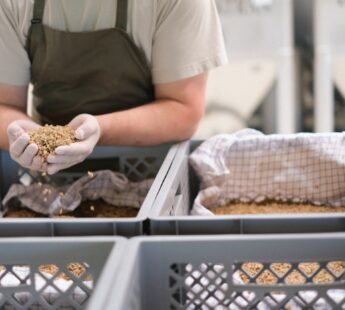Topsoe, Vestas and Skovgaard Invest have come together in the REDDAP-project which aims to realise the potential of green ammonia and prove that clean fuel from renewable energy can be produced at an industrial scale in the very near future.
REDDAP is short for Renewable Dynamic Distributed Ammonia Plant, and such a plant is the envisioned end-product of the project. It will be the first of its kind in the world – a so-called dynamic green ammonia plant at the commercial scale of 10 MW power, which will be located in Western Jutland. Here, renewables will drive the Power-to-x process of producing hydrogen, which will subsequently be processed into ammonia.
The dynamic approach entails that the clean energy from wind turbines and solar panels will be connected directly to the electrolysis unit. This makes it more cost-effective than involving a battery or hydrogen storage. The flexible ammonia plant will be able to operate from 5% to 100% load without hydrogen storage.
Topsoe will design the plant’s dynamic ammonia technology to secure optimal production and adapt to the inherent fluctuations in power output from wind turbines and solar panels. The ammonia plant will interface to a green hydrogen solution developed by Vestas, integrating electrolysis with wind and solar in one smart control system. 12 MW of the renewable energy to power the process will come from six existing V80-2.0 MW Vestas wind turbines and 50 MW will come from new solar panels. In addition, the renewable energy generation will be connected directly to the national grid so surplus power can be sold to the grid.
Recognising the potential of the REDDAP-project The Danish Energy Technology Development and Demonstration Program (EUDP) awarded 81 million. DKK (app. 11 million EUR) to the project in 2021 – the biggest amount ever granted to a project by the EUDP.
